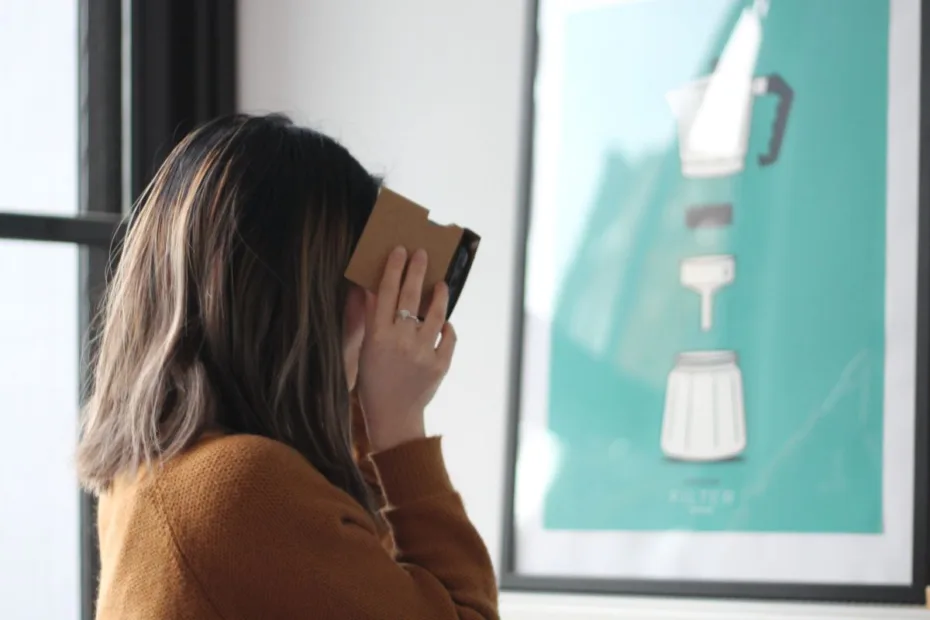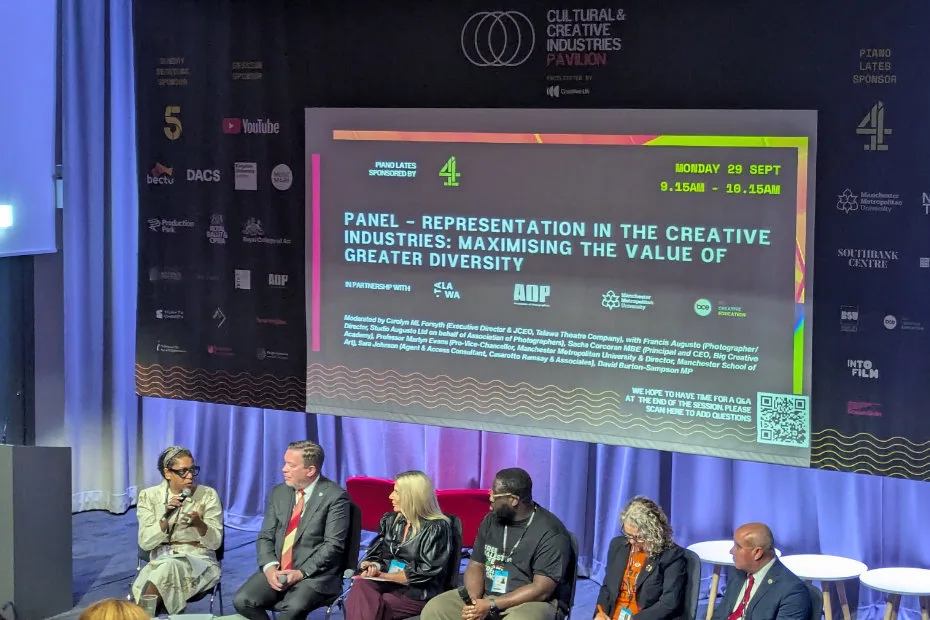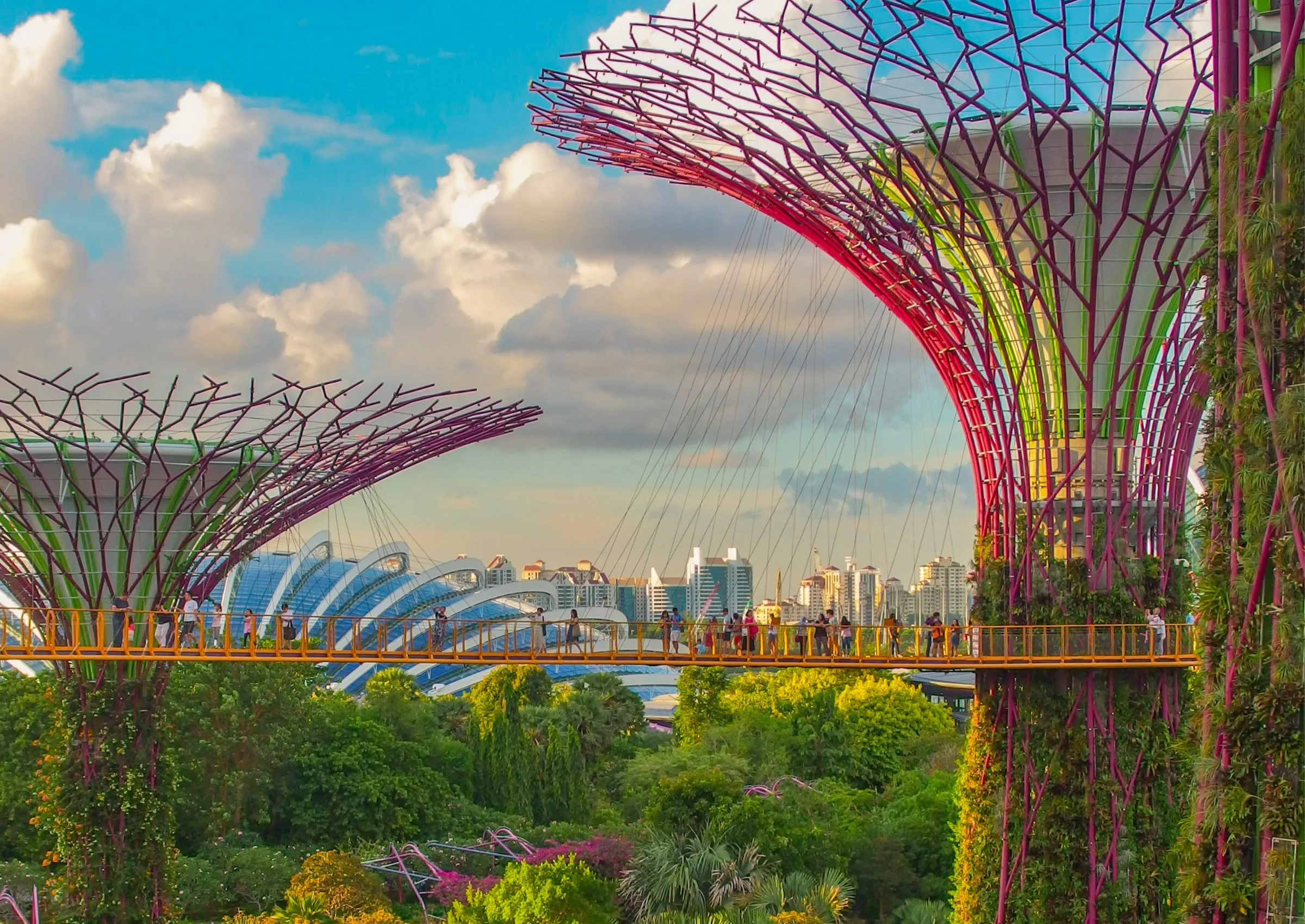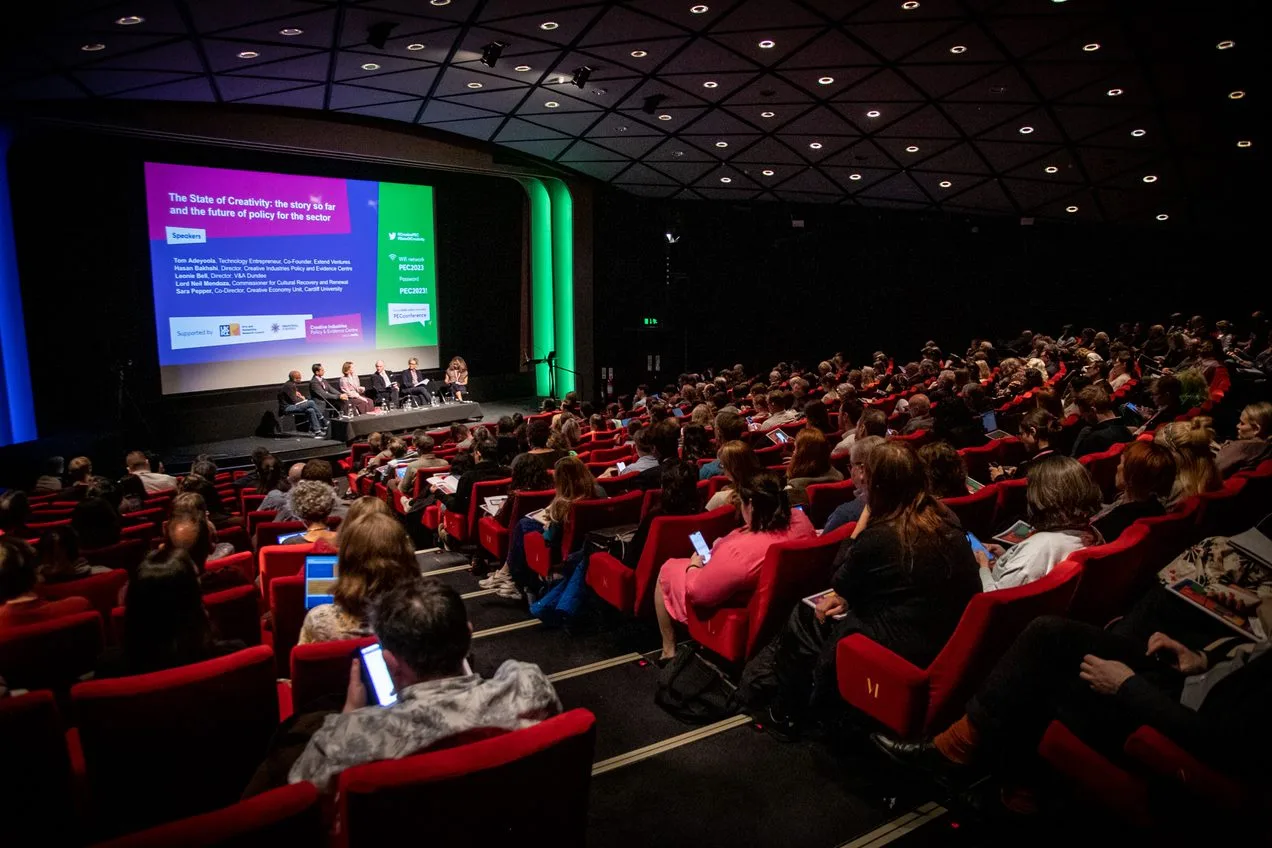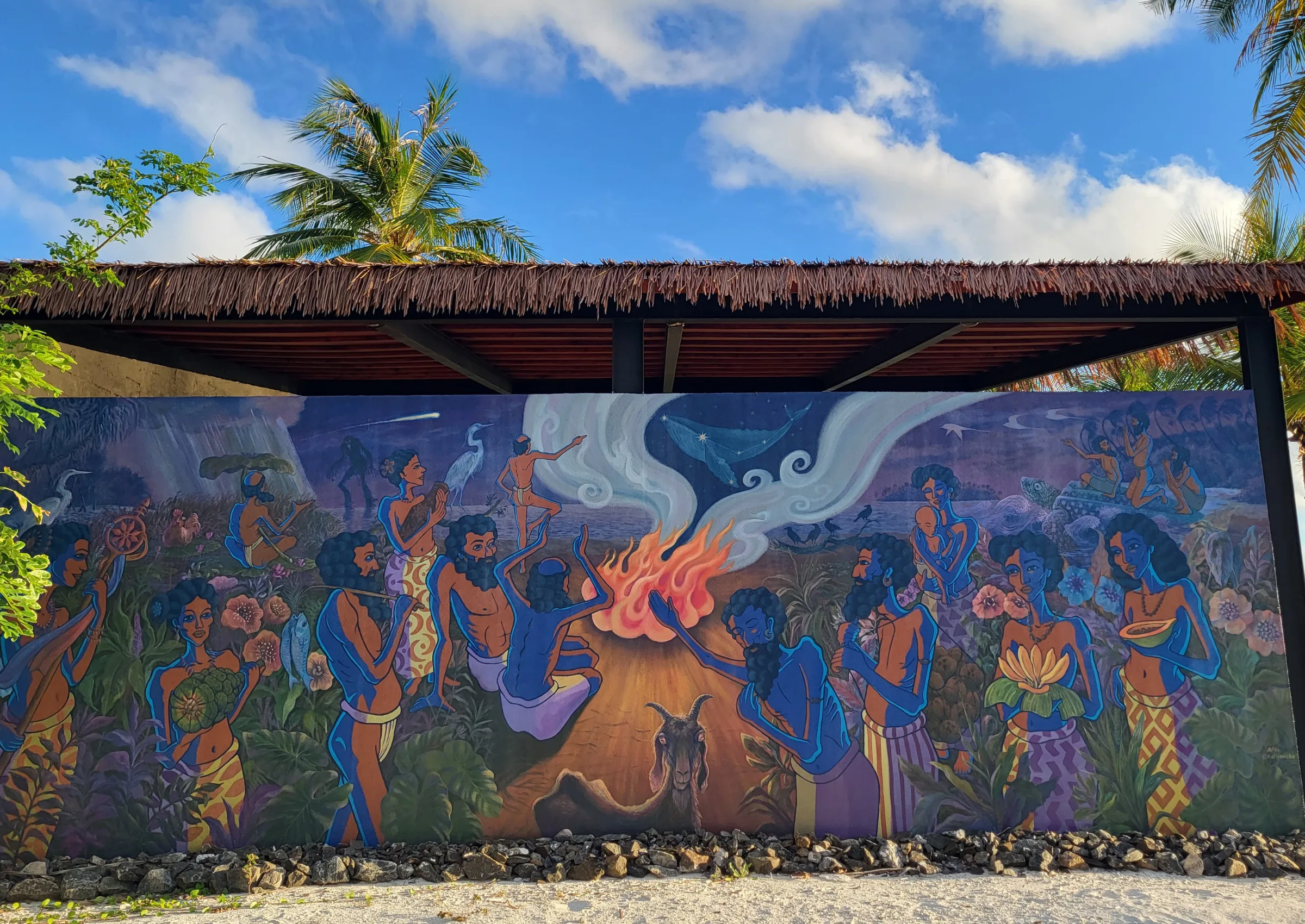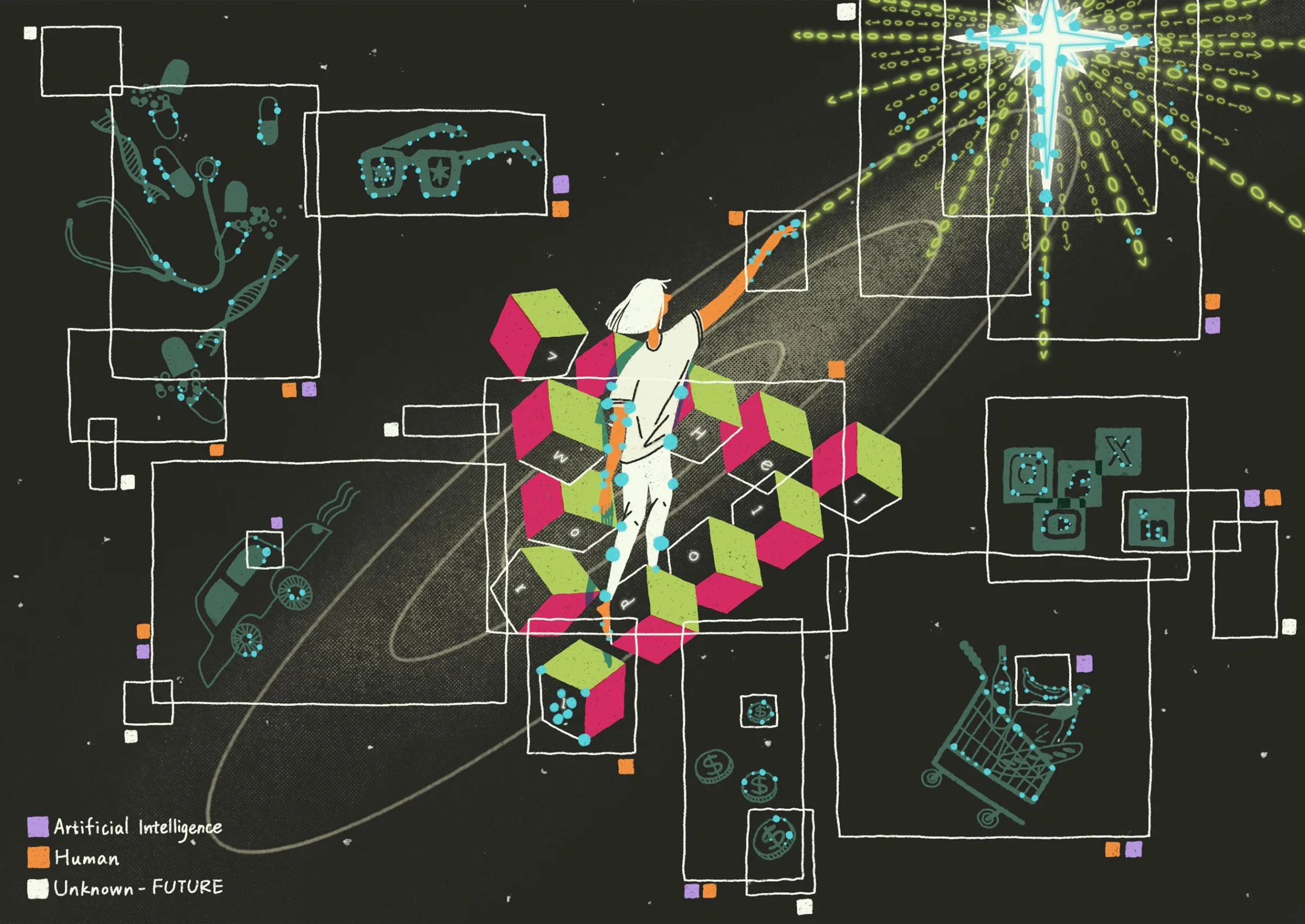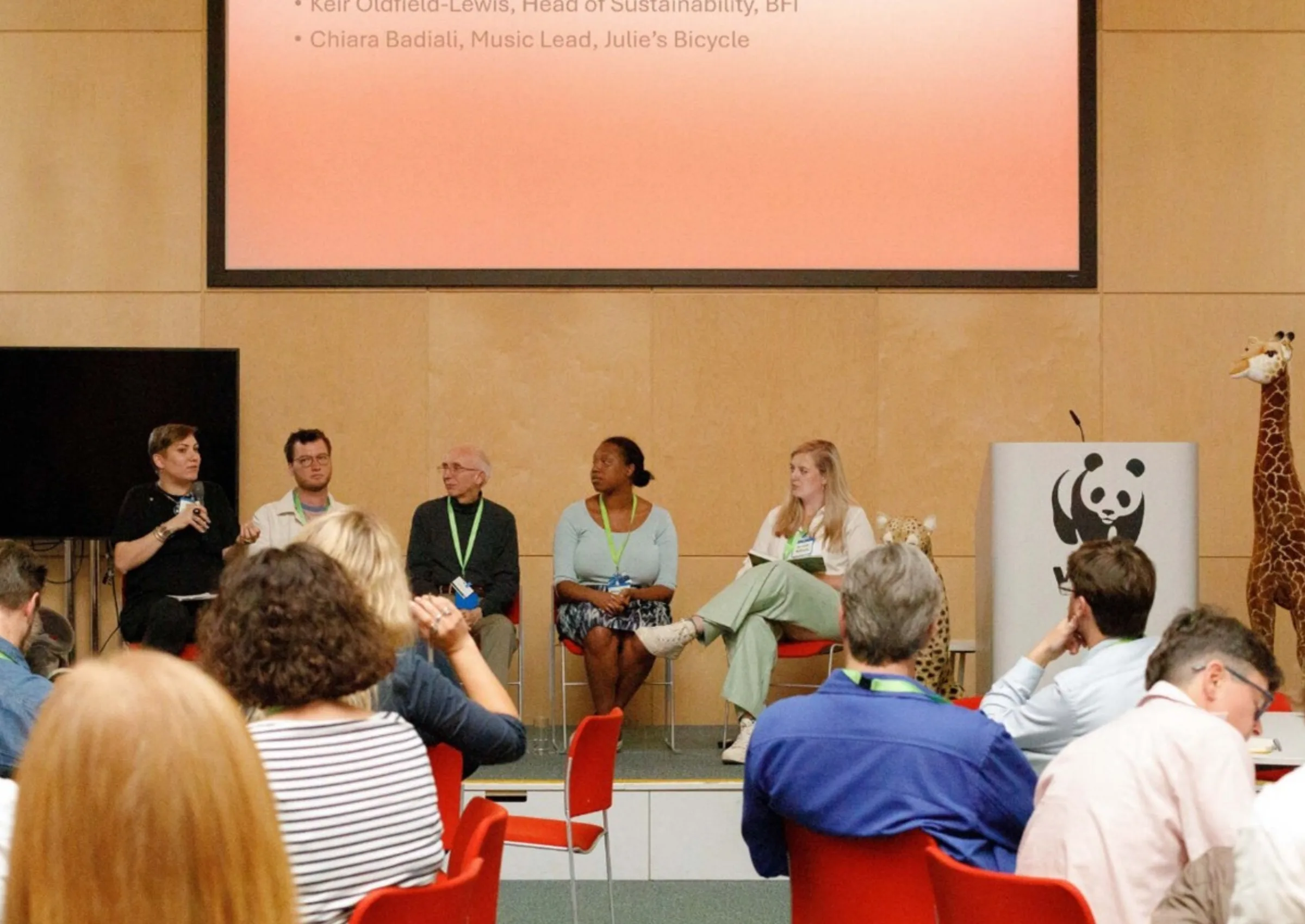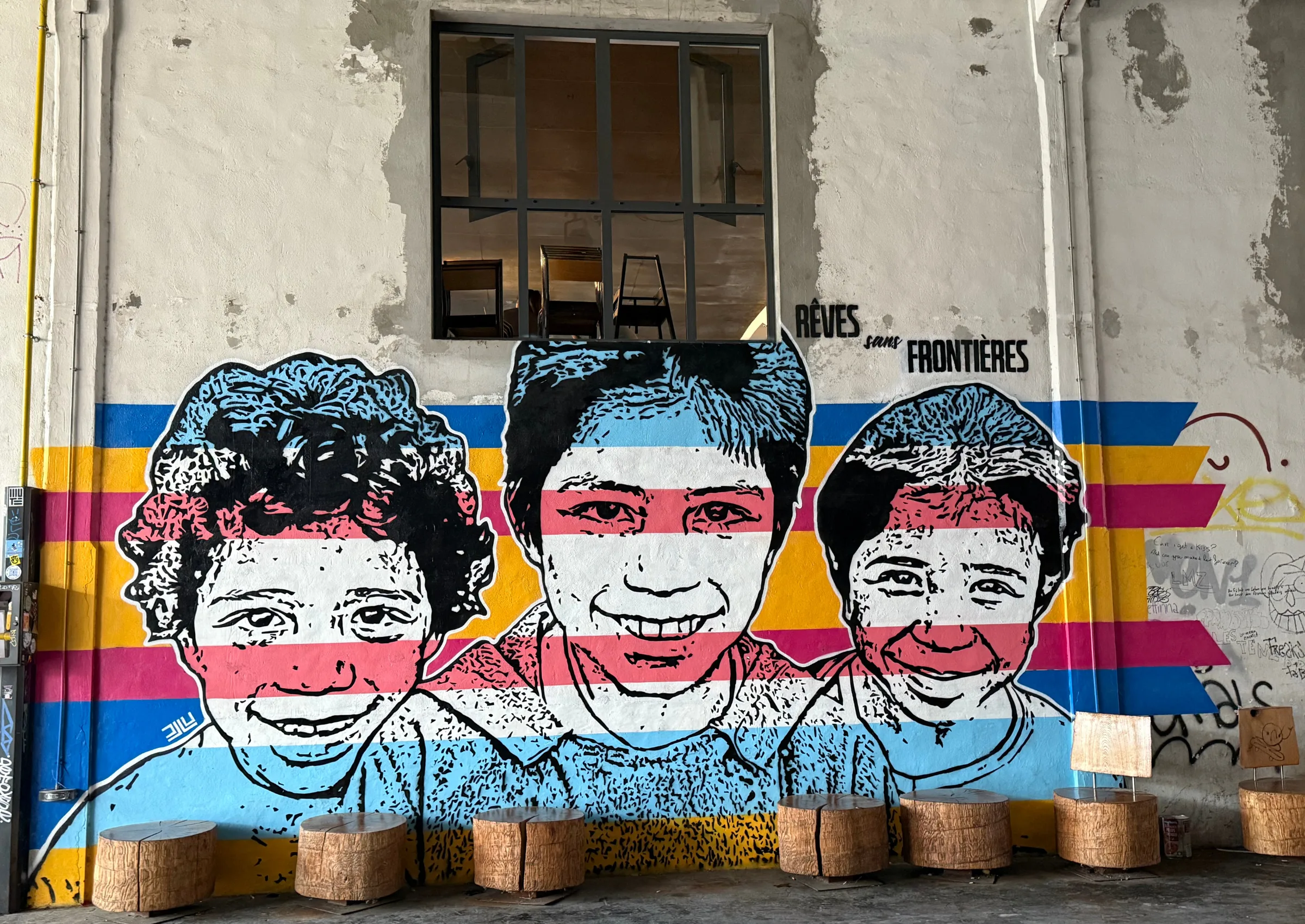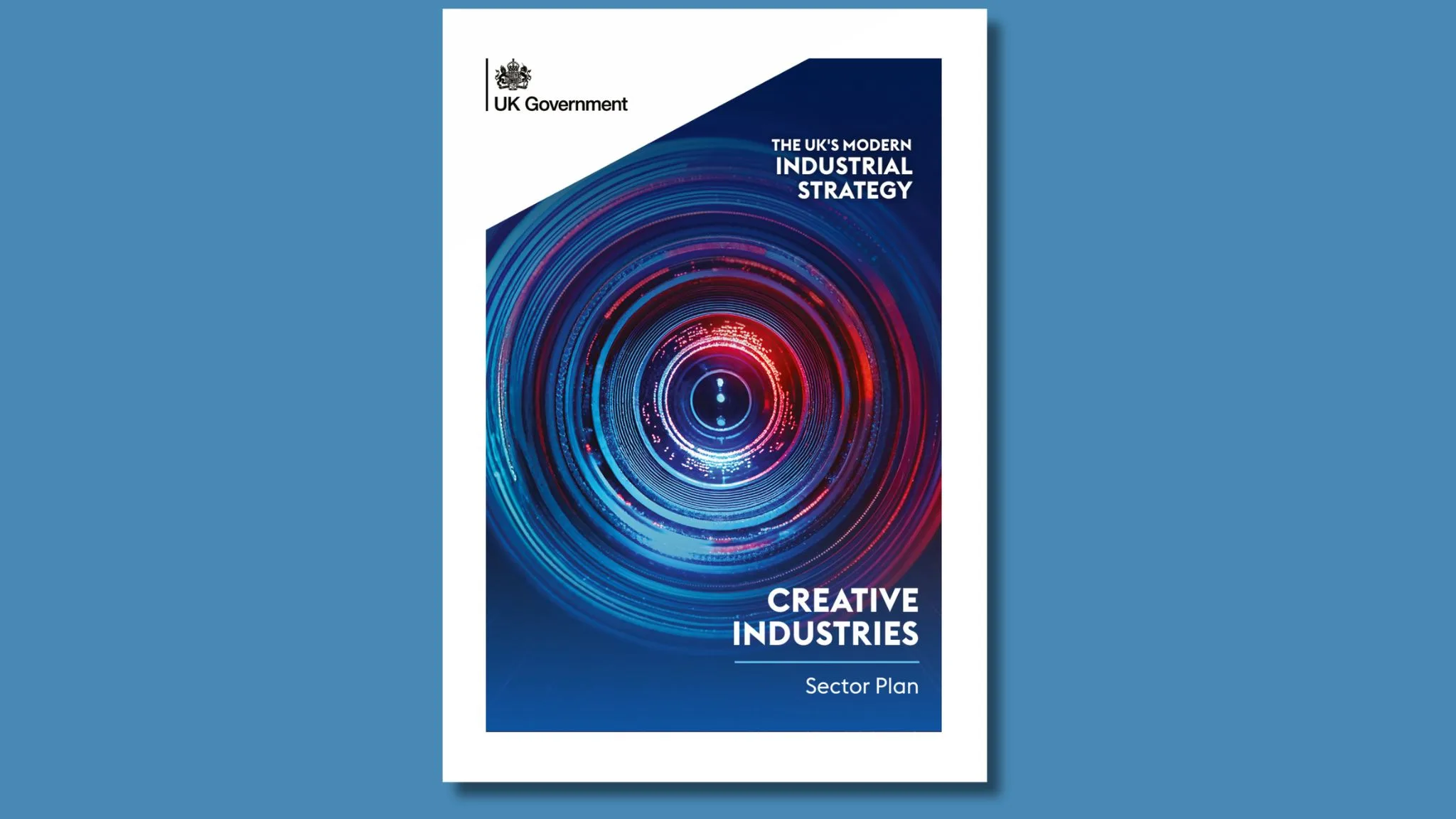Interest in immersive experiences in museums, galleries and heritage sites has increased in recent years in response to some of the challenges those sectors face and given the potential of emerging technologies. Institutions hope that immersive approaches will increase visibility and appeal to new audiences, allow for more meaningful participation, and provide additional revenue.
The creative industries have the potential to become a driving force in immersive technologies and content, helping to fulfil two key objectives: capturing new audiences and contributing to the UK economy. While these assumptions and ambitions are as yet only being tested, the perceived benefits of immersive practices have not gone unnoticed to industries and policymakers. This is reflected in the Industrial Strategy and the Creative Industries Sector Deal. While there is rich potential for these outcomes, there is also some way to go before we truly understand the nature of the value proposition in relation to direct return on investment, or in more nuanced ways.
Museum and heritage contexts have been an important early testbed for immersive approaches but attempts to find straightforward connections between investment and outcomes have been inconclusive (or resisted). Efforts to articulate a value proposition that more adequately captures the nuances of immersion in those contexts seems an important next step. One of the main areas of work within the Creative Industries Policy and Evidence Centre (PEC) is Arts, Culture and Public Service Broadcasting, which is led by Cardiff University’s School of Journalism, Media and Culture. We are concerned precisely with understanding the complexities of designing and evaluating immersive experiences, taking a more holistic approach to capturing and unpacking their value. As investigators in the PEC, our expertise is enhanced by research being undertaken by others involved with the Centre, particularly Nesta’s involvement in the Audiences of the Future programme, funded by the Industrial Strategy Challenge Fund.
Published today, our Discussion Paper, Immersive Experiences in Museums, Galleries and Heritage Sites: A review of research findings and issues, presents an introductory overview and reference guide on immersive experiences for those working at museums, galleries and heritage sites who might be thinking of embarking on this journey, as well as for policymakers and funders who may be considering the value proposition of such approaches. For those researching immersive experiences, it highlights gaps and potential agendas for future research – such as the challenges related to capturing their value, economic or otherwise.
In our work, we use a broad definition of immersive, recognising that there is much cross-over amongst different approaches, and within debates about their potentials. We do not focus only on immersive technologies as currently defined – mixed reality (MR), augmented reality (AR) and virtual reality (VR), for example – but are also interested in projects using mixed media approaches, installation art and performance. Our working definition refers to practice that is ‘story-led, audience and participation centered, multimodal, multisensory and attuned to its environment’. For us, immersive experiences might be facilitated wholly digitally, or they may have more limited digital components, sometimes these might even be invisible to users or participants.
Immersive practices lie at the intersection of art and technology and are an important driver of creative innovation and the creative economy. Looking across both technology-rich and narrative-rich approaches, we hope to further facilitate the breaking down of barriers between the creative arts and technology.
The full paper details a number of findings from research into immersive experiences, demonstrating that although their potential is multifaceted and multi-layered, there are many different elements to consider when designing and evaluating them. For example, immersive approaches broaden the possibilities of digital storytelling – challenging conventions maybe, or giving users a more dynamic role to play. Understanding what that means for participants in practice is a complex endeavour, especially if we are interested in affective responses, changes in behaviour, learning outcomes, or perhaps even failure to engage. An important consideration in relation to usability and accessibility is whether an immersive experience encourages social exchanges, embraces embodiment, and appreciates the importance of the relationship between an immersive encounter and the physical spaces it occupies. Users’ affective responses are an important measure of the success of an immersive experience, as is the balance between authentic, playful and performative interventions. Since many institutions seek to offer users a learning experience through immersive encounters, more research to capture the possibilities and value of immersive education is needed.
With all this in mind, articulating a value proposition that adequately accounts for people’s actual encounters with(in) immersive experiences is still proving problematic for institutions and researchers alike. A straightforward calculation of investment vs. reach is too limited and mixed methods and ‘in the wild’ evaluations are needed to unpack the complexity of immersive experiences, whereby some of the considerations above can also become part of the articulation of value for different stakeholders. Our objective is to propose a new way of thinking about the value proposition of immersive technologies for the museums, galleries and heritage sites. One that is informed by the ethical considerations that new technology and practices raise, as much as by public service values.
Read the discussion paper: Immersive Experiences in Museums, Galleries and Heritage Sites: A review of research findings and issues
Photo by Matthew Kwong on Unsplash
Related Blogs
Why do freelancers fall through the gaps?
Why are freelancers in the Performing Arts consistently overlooked, unseen, and unheard?
Insights from the Labour Party Conference 2025
Creative PEC Policy Adviser Emily Hopkins attended the Labour Party Conference in September 2025.
Association of South-East Asian Nations’ long-term view of the creative economy
John Newbigin examines the ASEAN approach to sustainability and the creative economy.
Take our Audience Survey
Take our quick survey and you might win a National Art Pass.
Culture, community resilience and climate change: becoming custodians of our planet
Reflecting on the relationship between climate change, cultural expressions and island states.
Cultural Industries at the Crossroads of Tourism and Development in the Maldives
Eduardo Saravia explores the significant opportunities – and risks – of relying on tourism.
When Data Hurts: What the Arts Can Learn from the BLS Firing
Douglas Noonan and Joanna Woronkowicz discuss the dangers of dismissing or discarding data that does…
Rewriting the Logic: Designing Responsible AI for the Creative Sector
As AI reshapes how culture is made and shared, Ve Dewey asks: Who gets to create? Whose voices are e…
Reflections from Creative Industries 2025: The Road to Sustainability
How can the creative industries drive meaningful environmental sustainability?
Creating value: the creative economy beyond culture by Marta Foresti
Marta Foresti explains the value of international cooperation as she becomes Chair of the GCEC.
Taking stock of the Creative Industries Sector Plan
We summarise some of the key sector-wide announcements from the Creative Industries Sector Plan.
Conversations between the Global North and South
Unsettling and reordering the creative economy
